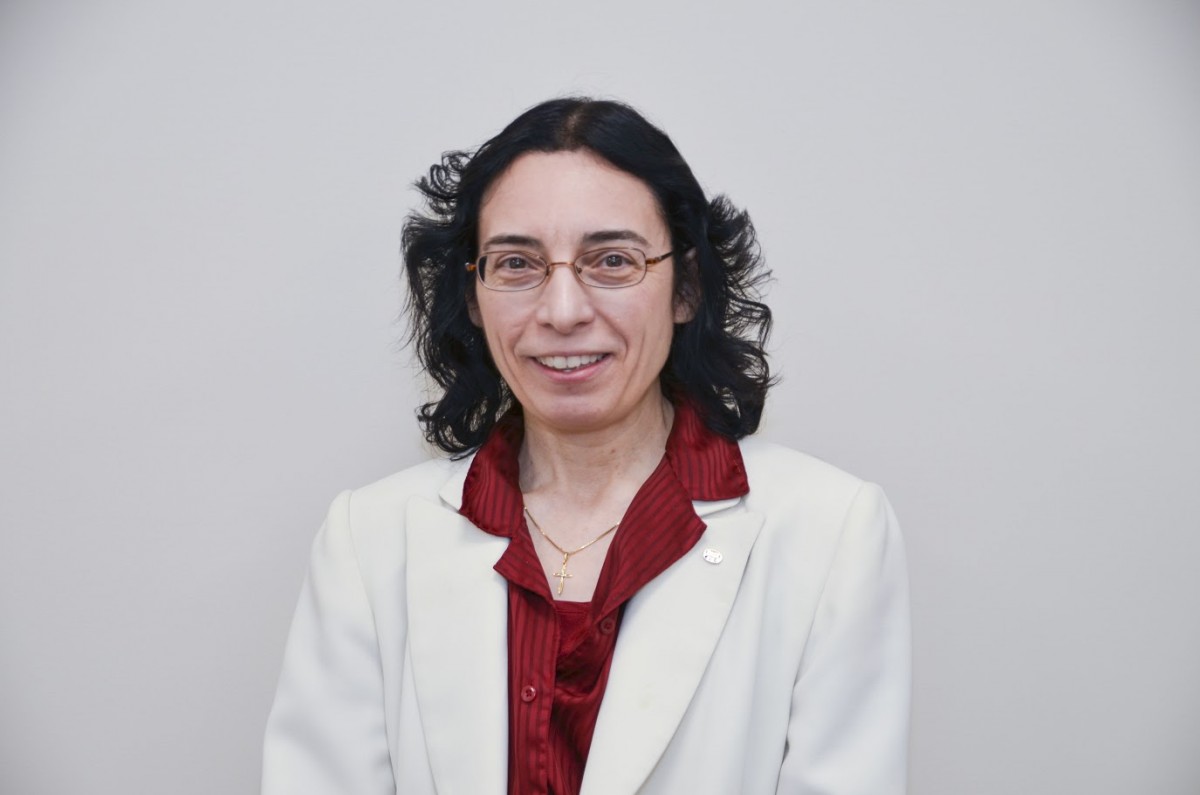During the fall semester, six students headed to Helsinki, Finland, for Pace’s 6th year of participation in Product Development Project (PDP). The Finnish destination was the Aalto Design Factory, located at Aalto University.
This was a special trip as it came shortly after Pace University opened our very own Design Factory, the NYC Design Factory located here at Seidenberg School.
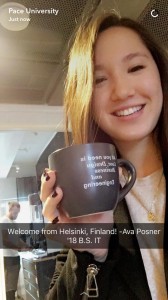 Once they had arrived at the Aalto Design Factory, it was time to get started. Attendees met teammates and participated in PD6 – product development in 6 hours. Everyone was then split into two teams: KONE, an established elevator company, and Seecode, a tech startup.
Once they had arrived at the Aalto Design Factory, it was time to get started. Attendees met teammates and participated in PD6 – product development in 6 hours. Everyone was then split into two teams: KONE, an established elevator company, and Seecode, a tech startup.
We chatted with students on each team. Representing KONE was Mansoor Baba Shaik (MS Information Systems). Ava Posner (BS Information Technology) was on the Seecode team. Ava was also busy snapchatting the trip for a Snapchap takeover of the Pace University account.
Each team not only consis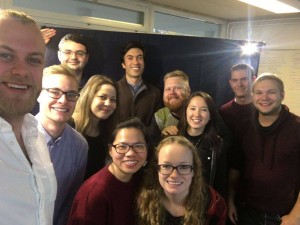 ted of diverse members but was filled with different levels of expertise based on each member’s background. This worked well because the teams were able to work more efficiently in order to make it a collaborative process.
ted of diverse members but was filled with different levels of expertise based on each member’s background. This worked well because the teams were able to work more efficiently in order to make it a collaborative process.
For the first few days/nights, the team members spent most of their time bonding and getting to know one another. Besides working hard, the students were allowed to explore and experience what it was like to live in Finland.  On the following days it was time to get down to work!
On the following days it was time to get down to work!
The KONE team visited KONE headquarters, where each member of the team had the chance to use the mobile operated elevator which is being tested on and which will become the first mobile operated elevator in the world.
The Seecode team also visited the umbrella company NOMO 3D headquarters.
Teams were assigned tasks to be completed during sprints of PD6, utilizing design thinking methodologies.
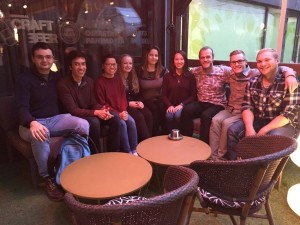 For Seecode, the team was to build a prototype that would be used to scan individual body images in order to help design custom made outfits for buyers throughout the world. The aim is to make online clothes shopping a less uncertain experience: who hasn’t bought their size online only to find it doesn’t fit?
For Seecode, the team was to build a prototype that would be used to scan individual body images in order to help design custom made outfits for buyers throughout the world. The aim is to make online clothes shopping a less uncertain experience: who hasn’t bought their size online only to find it doesn’t fit?
Team KONE had to come up with a product allowing a self controlled drone to deliver packages to customers directly via the building’s elevator. The idea is that a delivery company could program a drone operate an elevator so it can deliver packages to the correct person directly. I shouldn’t come as a surprise that Amazon is involved in this project.
As PDP is a two-part project, students will return to Helsinki for part two in May, 2017. In the meantime, both teams, being spread apart throughout the world, must remain in constant contact to finish their projects before the final presentation.
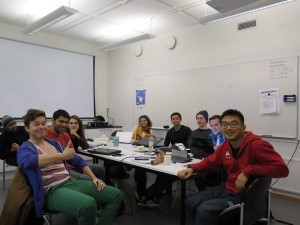 “We are excited to be a part of this amazing project and willing to put our 100% effort to achieve the final outcome of the project and present it in the gala”, said Mansoor. “We thank Pace University for selecting us for the Product Development Project and we feel it’s a great honor representing Pace University in a global event.”
“We are excited to be a part of this amazing project and willing to put our 100% effort to achieve the final outcome of the project and present it in the gala”, said Mansoor. “We thank Pace University for selecting us for the Product Development Project and we feel it’s a great honor representing Pace University in a global event.”


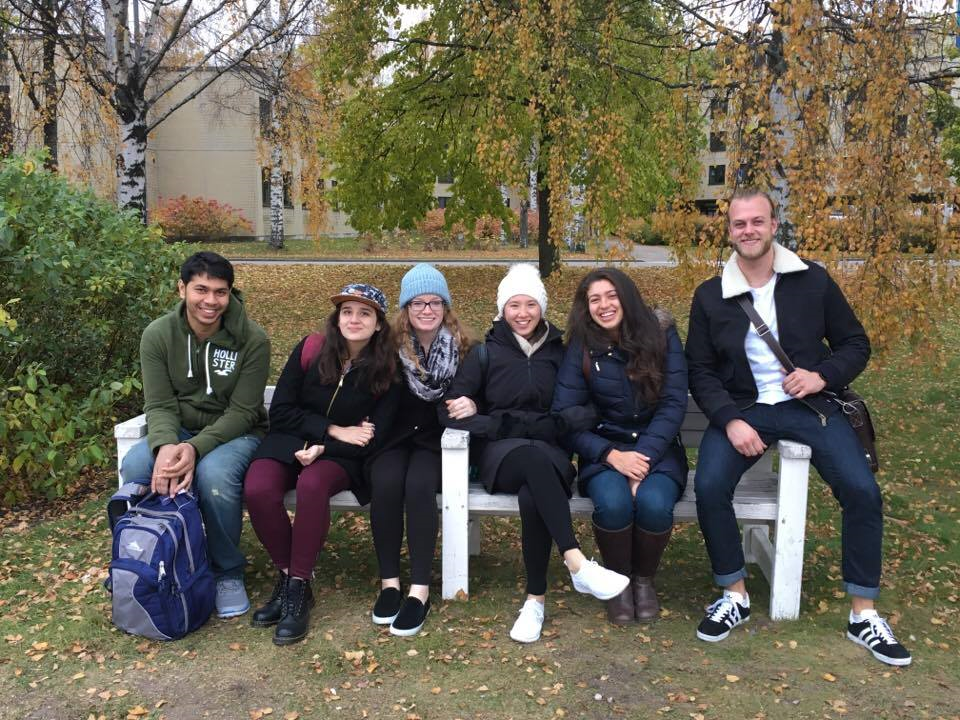


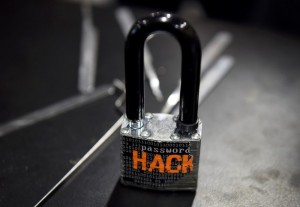
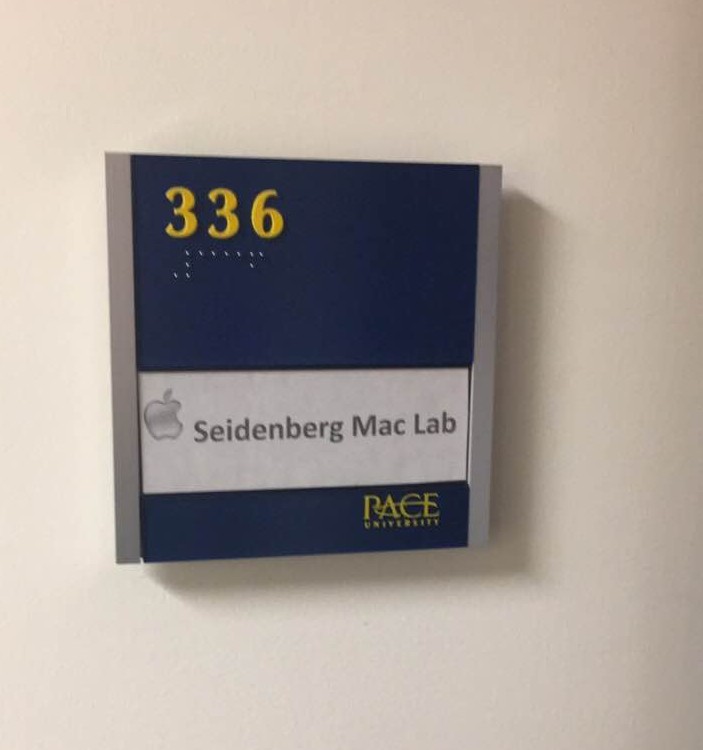
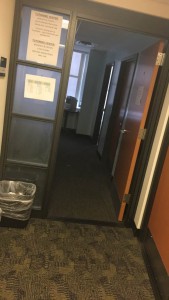 If you need any help with homework or simply want an extra opportunity to learn cool stuff, you can drop by Monday-Friday from 11am to 5pm.
If you need any help with homework or simply want an extra opportunity to learn cool stuff, you can drop by Monday-Friday from 11am to 5pm.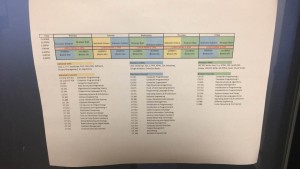
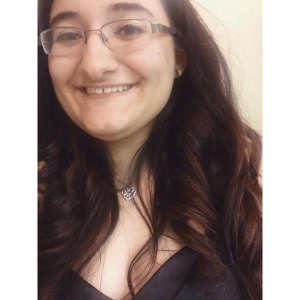
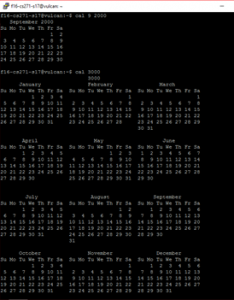 In CS 271, the focus is on the fundamentals of Unix. This multitasking and multi-user operating system offers a simple set of tools that perform a limited, well-defined function with a file system that is used as the main source of communication. Depending on what task you are trying to complete, Unix can be used to get it done! One of their class projects was to work on basic commands. Gianna was able to make a print out calender (pictured) for any month of the year by typing in “cal” followed by a month and/or year.
In CS 271, the focus is on the fundamentals of Unix. This multitasking and multi-user operating system offers a simple set of tools that perform a limited, well-defined function with a file system that is used as the main source of communication. Depending on what task you are trying to complete, Unix can be used to get it done! One of their class projects was to work on basic commands. Gianna was able to make a print out calender (pictured) for any month of the year by typing in “cal” followed by a month and/or year.
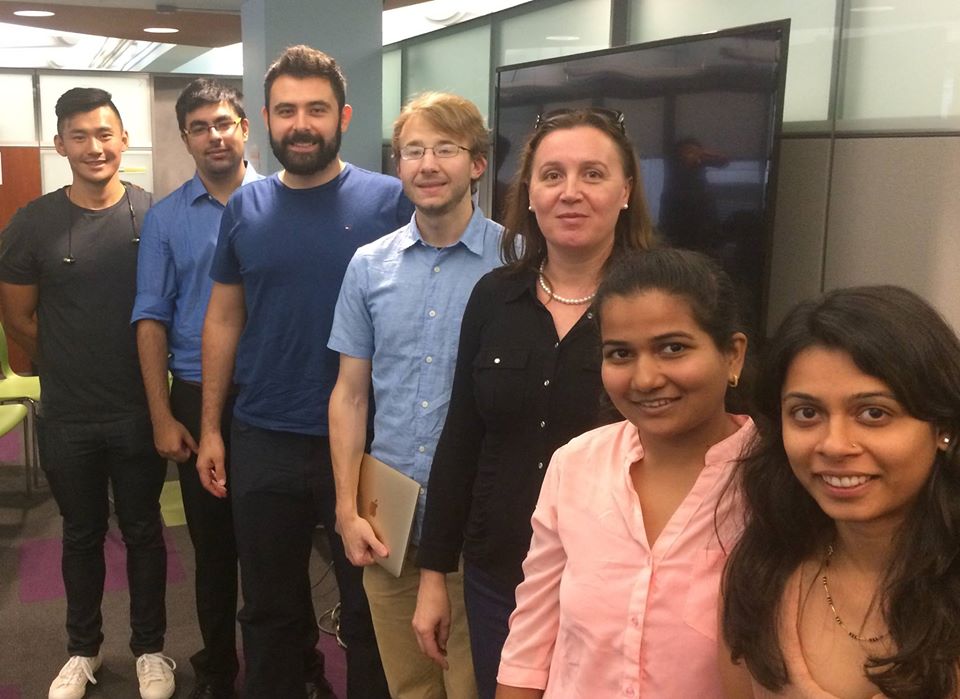
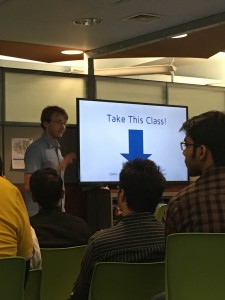 City Access
City Access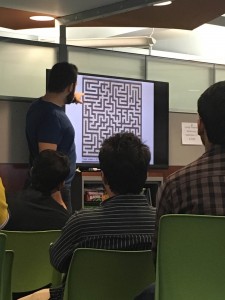 Multiplayer Maze Game
Multiplayer Maze Game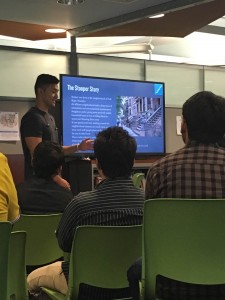 Stooper
Stooper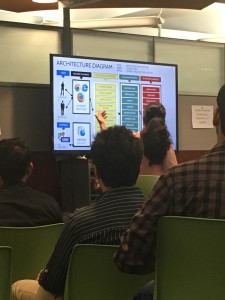 BizList
BizList